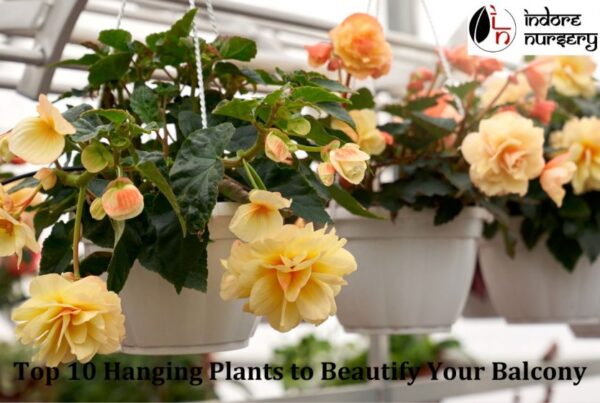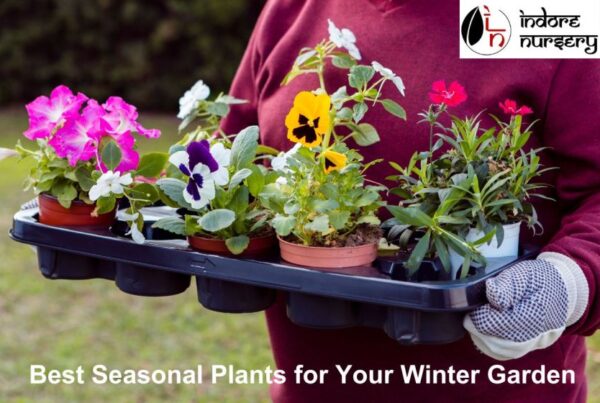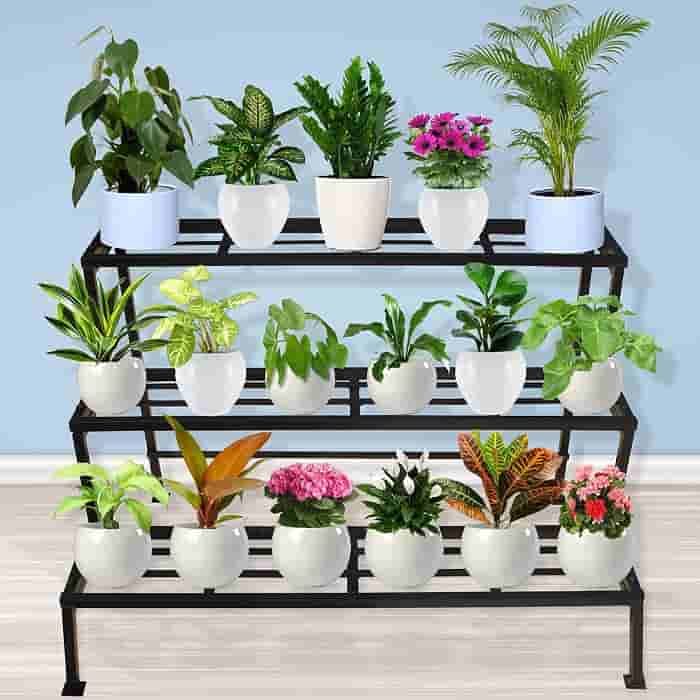What is Raised Bed Gardening?
Raised bed gardening means growing plants in elevated beds instead of the ground. Raised bed gardening uses elevated beds made of wood, stone, or other materials, filled with good soil. This helps with drainage, keeps soil from getting too compacted, and lets you control soil quality. Raised beds can be different heights, so you don’t have to bend over as much while gardening. They also make it easier to manage pests and weeds. Overall, raised bed gardening simplifies growing plants and makes them more productive.
Benefits of Raised Bed Gardening
Raised bed gardening has many benefits. It helps with drainage and prevents water from sitting too long, which is good for plants. The raised design stops soil from getting too packed and makes it easier to control soil quality. Raised beds are easier to use because you don’t have to bend down much. They also help keep pests and weeds away by creating a barrier. Plus, they can make the growing season longer by warming the soil quicker in spring and shielding plants from bad weather.
Improved Soil Quality
Raised bed gardening improves soil quality in many ways. Using a special soil mix makes the soil rich and good at draining water, which helps plants grow better. The soil stays loose in raised beds, so roots can spread out and get nutrients easily. Adding compost and other organic matter makes the soil even better. Raised beds let you control the soil’s pH and nutrients more easily. Regularly adding fresh compost keeps the soil healthy and ensures plants get the nutrients they need for strong, healthy growth and better results.
Better Pest and Weed Control
Raised bed gardening helps control pests and weeds better. The height of the beds keeps weeds from spreading into them. The soil in raised beds is less likely to have weed seeds and roots. The height also makes it easier to spot and manage pests. You can use barriers, mulch, and natural methods to control pests more effectively. Keeping the garden tidy and planting wisely helps cut down on pests and weeds, making it easier to take care of your plants.
Easier Access and Maintenance
Raised bed gardening makes it easier to reach and care for your plants. Since the beds are higher up, you don’t have to bend over as much, which is easier on your back and knees. This makes planting, weeding, and picking crops more comfortable. The height helps you spot problems like pests or diseases more easily. Raised beds are easier to organize and take care of, making regular tasks simpler. With less bending and effort, gardening is more enjoyable and easier to manage.
Planning Your Raised Bed Garden
Planning your raised bed garden is easy with these steps, pick a spot with good sunlight and easy access to water. Decide on the size and shape of your beds based on your space and what you want to grow. Choose materials like wood or stone that are strong and safe for plants. Fill the beds with rich soil. Plan what plants you want and arrange them according to their sunlight needs and spacing. Finally, think about how you’ll take care of the garden, including watering, weeding, and making changes as needed.
Choosing the Right Location
Choosing the right spot for your raised bed garden is important. Find a place with plenty of sunlight, about 6-8 hours a day, because plants need light to grow. Make sure the area drains well so water doesn’t collect and harm your plants. Pick a spot that’s easy for you to reach for planting, watering, and taking care of the garden. Avoid shady areas or places where water gathers after rain.A flat spot is best for setting up and gardening. Choosing a good location makes your garden more productive and enjoyable.
Selecting the Size and Shape
Choosing the size and shape of your raised bed garden depends on your space and what you want to grow. Common sizes are 4×4 feet or 4×8 feet, but you can choose any size that works for you.A common width is 3 to 4 feet, so you can reach plants from both sides. The length can be adjusted based on your space. Pick a shape that fits your garden area, like rectangular, square, or circular. Make sure the size is easy for you to maintain and fits well with your garden layout.
Materials for Building Raised Beds
When building raised beds, pick materials that last and are safe for plants. Cedar and redwood wood resists rot and bugs. Stone is strong and lasts a long time but can be expensive. Metal, like galvanized steel, is tough and modern but can get very hot in the sun. Make sure all materials are safe for plants and free from harmful chemicals. You can also use repurposed materials if they’re safe. Choose based on your budget, how it looks, and how long you want the bed to last.










Recent Comments